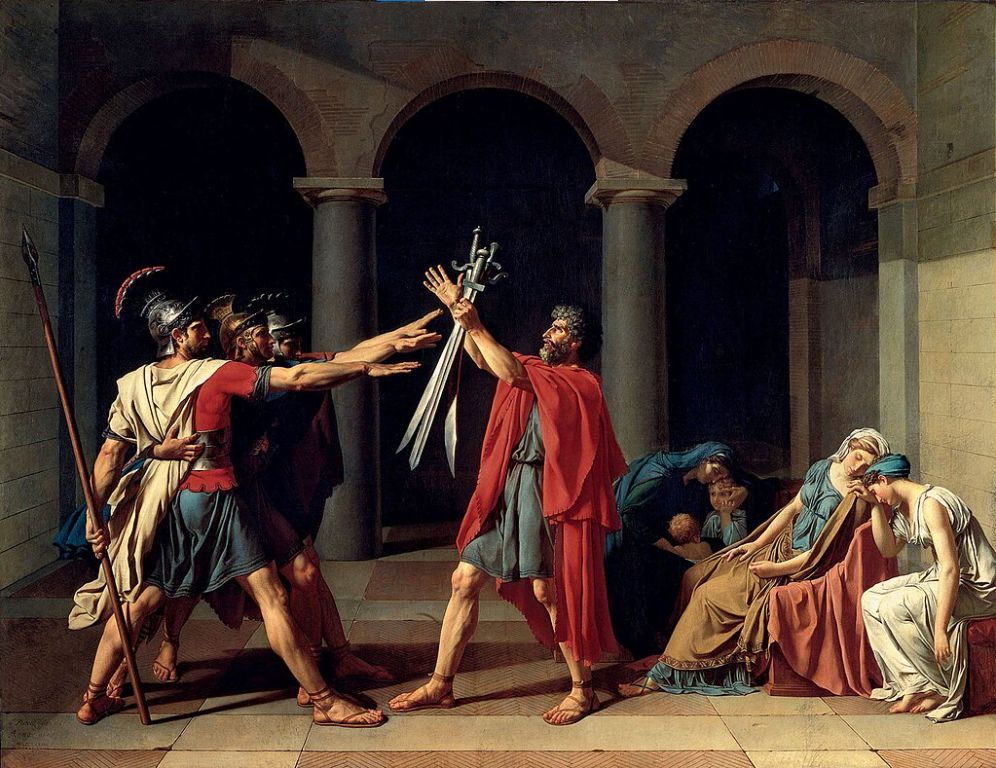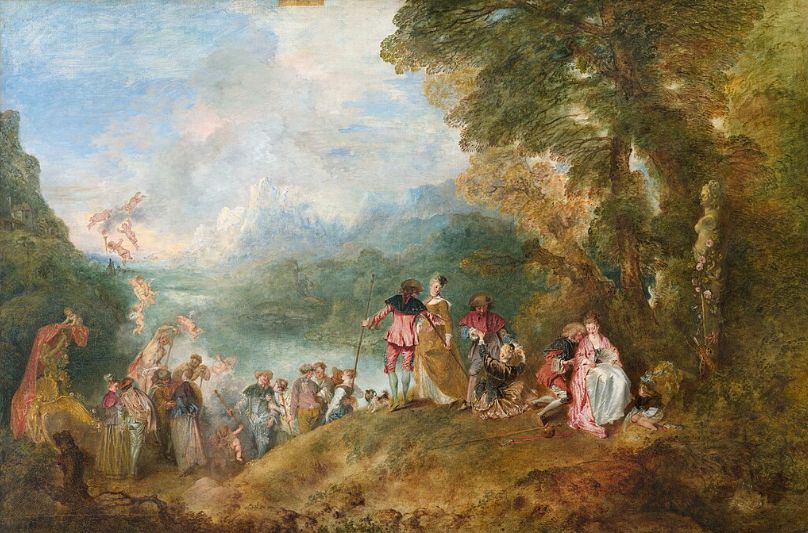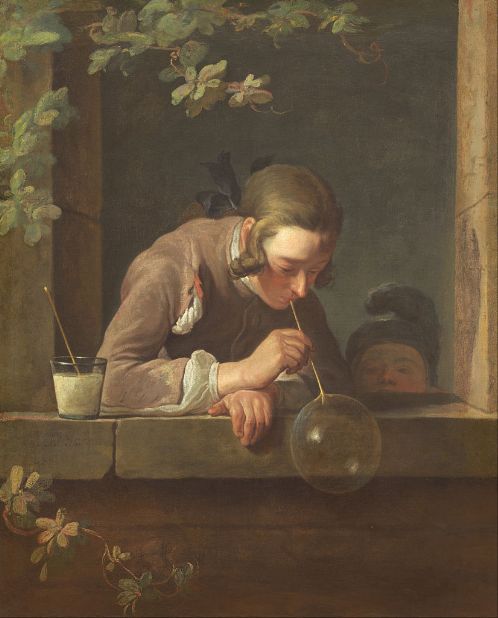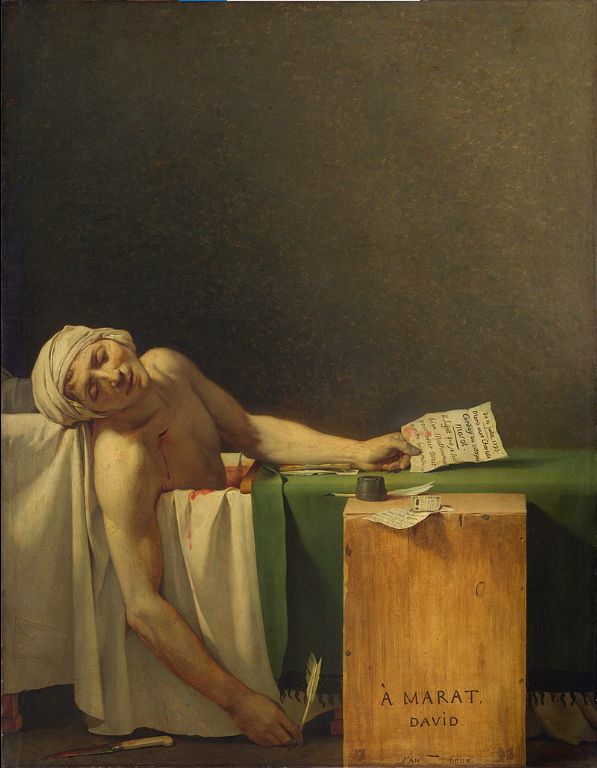The 18th century was a pivotal period in Western history, marked by significant political, economic, and social changes. Milestones that distinguish the modern Western world from previous centuries—such as industrial production, administrative governments, the integration of science into philosophy, and the overall atmosphere of intellectual discourse—intertwined with the old regime and social order in the mid-18th century. This era witnessed the shift from the divine right of kings to the concept of "all men are created equal," a notion that profoundly influenced subsequent artistic styles and themes.
The Enlightenment was a movement that deeply impacted the thought and culture of the 18th century. Centered on reason and science, Enlightenment thinkers like Voltaire, Rousseau, and Kant advocated for understanding and transforming the world through rationality. Their ideas influenced not only politics and society but also art. Artists began to explore new forms and themes, emphasizing the values of reason, nature, and humanity. Art from this period was not merely an aesthetic pursuit but also a reflection of social and political change. Artists such as Watteau and Chardin depicted scenes of everyday life, showcasing the ideals and aspirations of the Enlightenment era. Their works were rich in artistic beauty and embodied the influence of Enlightenment thought.
In the 18th century, classical art experienced a revival. Artists returned to the traditions of ancient Greece and Rome, striving for simplicity, symmetry, and harmonious aesthetics. France became the center of this movement, with architecture, painting, and sculpture reflecting strong classical influences. Artists like David used their works to convey Enlightenment ideals of reason and order while visually supporting the French Revolution. The revival of classicism was not just a return to form but also a reaffirmation of reason and morality. Art from this period often carried educational messages, aiming to convey moral and rational principles through visual art.

Contrasting with classicism was the Rococo art of the early 18th century. Rococo art was characterized by its lightness, strong decorative elements, and soft colors, often depicting the luxurious and elegant life of the aristocracy. Watteau was a prominent figure in this style, with his works celebrating nature and the joys of life. However, the frivolity and extravagance of Rococo art also drew criticism from Enlightenment thinkers, who saw it as lacking depth and moral substance.

Art in the 18th century also showed a transition from religious to secular themes. Although religious art remained significant during this period, the spread of Enlightenment ideas led artists to focus more on human beings and their real-life experiences. This shift was particularly evident in music, where composers like Bach and Handel created religious works, while Mozart and Haydn composed more secular pieces. In painting and sculpture, this trend was equally prominent. Many artworks began to depict everyday life, natural landscapes, and human emotions, moving away from purely religious subjects. This transition not only reflected changes in social thought but also encouraged diversity and innovation in artistic forms.

The French Revolution at the end of the 18th century was not only a major political and social event but also marked a profound transformation in thought and culture. Revolutionary ideals such as "liberty, equality, fraternity" changed the social structure and had a deep impact on artistic creation. Artists began to explore new modes of expression, using art to reflect and promote social change. This revolution made art more accessible to the masses, rather than being the preserve of the elite. Artists focused not only on grand historical events but also on the lives and emotions of ordinary people. This shift expanded the scope of artistic expression and made art more relevant to reality and human experience.

The art of the 18th century was a period of significant transformation and innovation. From the spread of Enlightenment ideas to the revival of classicism, the rise of Rococo art, and the secularization of religious themes, art during this time showcased a rich diversity and profound intellectual depth. The ideological revolution at the end of the century further spurred artistic change, making art a powerful tool for reflecting and driving social transformation. This period's art was not only an achievement in aesthetics but also a testament to intellectual and social development.